| Specs at a glance: 2014 BMW i3 (Range Extender) | |
|---|---|
| Body type | 5-door |
| Layout | Rear engine, rear wheel drive |
| Powerplant | AC synchronous electric motor, 2 cylinder inline internal combustion engine |
| Transmission | Single speed reduction gear |
| Horsepower | 170 bhp @ 4800 rpm |
| Torque | 184 lb-ft @ 0 - 11400 rpm |
| Steering | rack & pinion (electronic) |
| Suspension | Macpherson strut (front), 5-link (rear) |
| Tires | Bridgestone Ecopia 155/70R19 front, 175/60R19 rear |
| Top speed | 93 mph (150 km/h), software limited |
| Battery | 22 kWh lithium ion |
| Rated max range | 150 miles (241 km) (battery: 71 miles) |
| Combined fuel economy | 117 mpg |
| Combined energy consumption | 27 kWh/100miles |
| Internet connectivity | Optional, not fitted to test car. |
| Weight | 3130 lb (1420 kg) |
| Wheelbase | 101.2 in (2570 mm) |
| Dimensions | 157.8 in (4008 mm) x 69.9 in (1775 mm) x 62.1 in (1578 mm) (LWH) |
| Base price | $45,200 |
| Price as tested | $47,050 |
| Options added | Heated front seats, Andesite silver paint. |
With the new i3 electric vehicle (EV) city car, BMW is making a pretty clear statement—the company is serious about designing and building cars properly adapted for the 21st century. It’s a radical departure from the Bavarian automaker’s mainstream offerings, looking like little else on the road. In fact, its looks alone are polarizing enough for some people to dismiss it instantly (looking at you, Senior Reviews Editor Lee Hutchinson). But keep an open mind about the i3's appearance, and you too may discover that it’s actually a very impressive little machine.
The i3 is part of a two-car 'capsule collection' called Project i, the other half being the stunning i8 hybrid sports car (first seen as a concept car in Mission Impossible: Ghost Protocol). The Project i cars use a range of alternative and sustainable materials in their construction along with electric or hybrid powertrains, but the automobiles retain BMW’s traditional emphasis on driving dynamics. What’s more, like the Tesla Model S, they aim to do so without the hair shirt that can be all too common with EVs. We plan to take a closer look at the i8 in the coming months, but BMW was kind enough to supply us with an i3 for a few days recently. Of the two, the i3 is undoubtedly the more relevant, particularly since it doesn’t come with a six-figure price tag. But with its unusual aesthetic and the still-in-progress adoption of EV infrastructure, is the i3 the car for an efficiency-minded city dweller?
There’s no denying it, the i3’s exterior is radical and attracts some attention: not as much as a bright yellow Corvette perhaps, but over the course of a week several people approached us as we were parking or stopped in traffic wanting to know more about it. We got more than a few double takes from people in other cars while on the road as well. What’s certain is that the i3 clearly signals to people that you’re driving something different, an effect the Toyota Prius benefited from in the beginning as well.
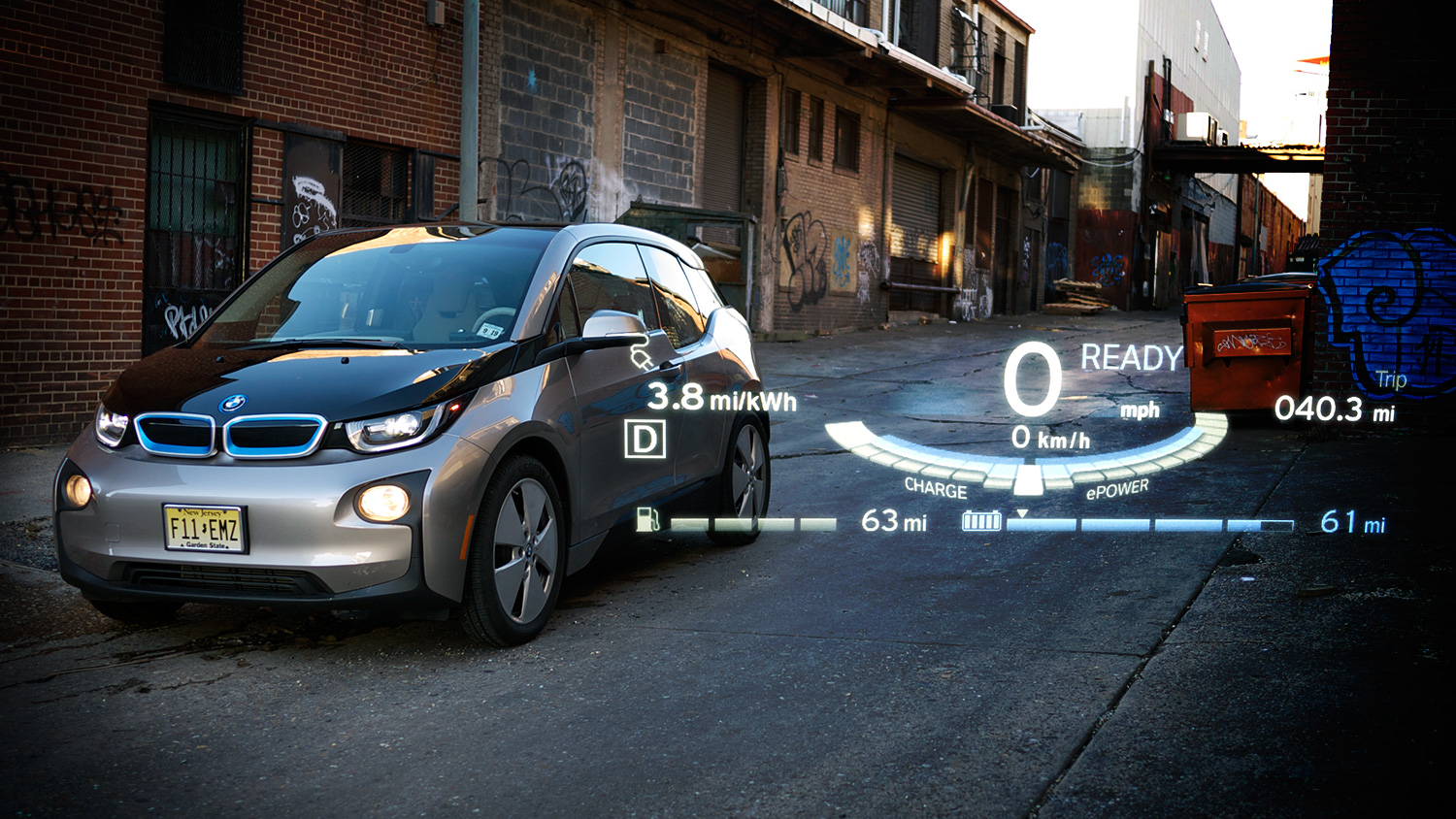
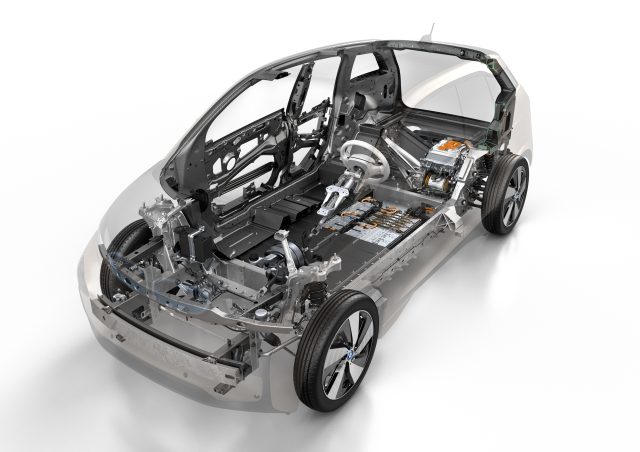



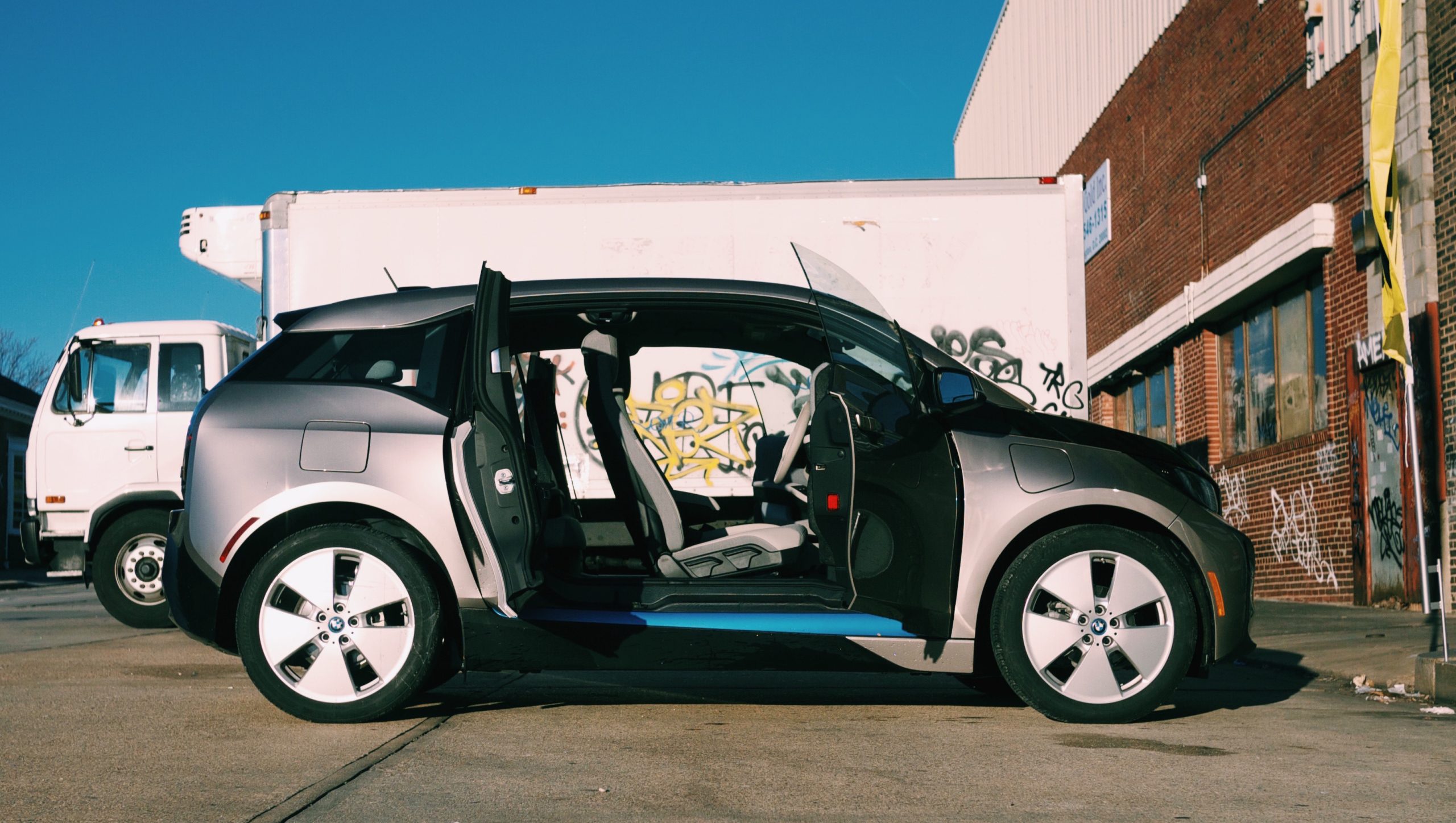
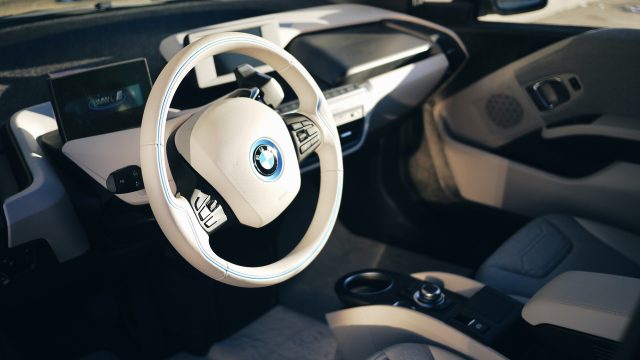
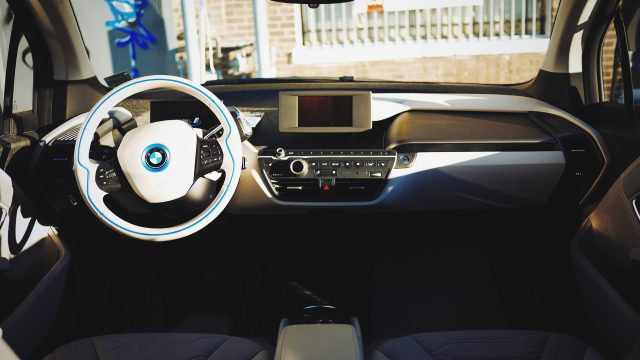
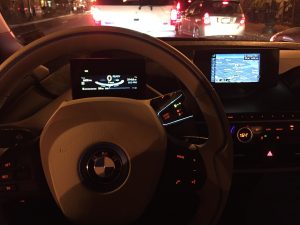

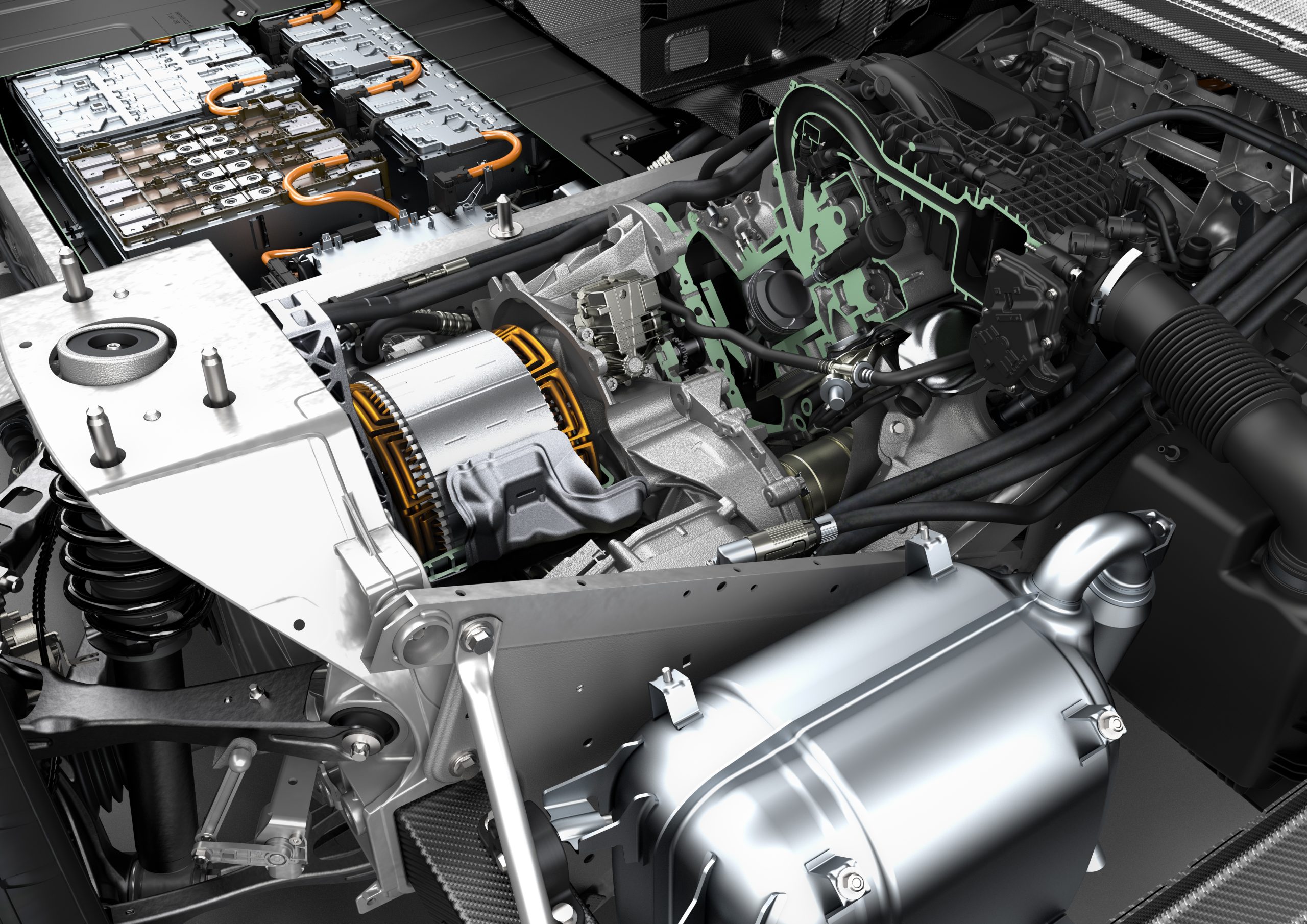
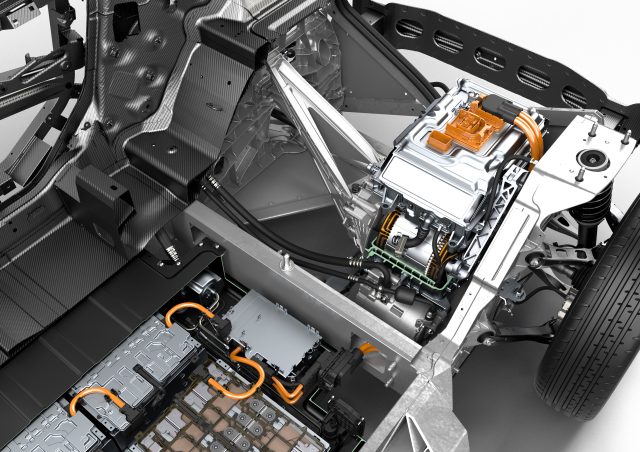
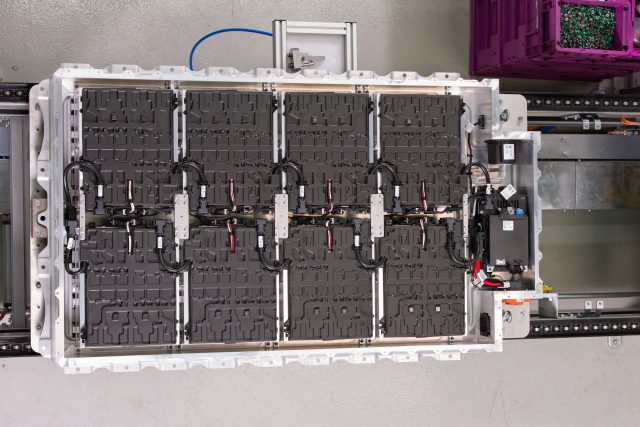
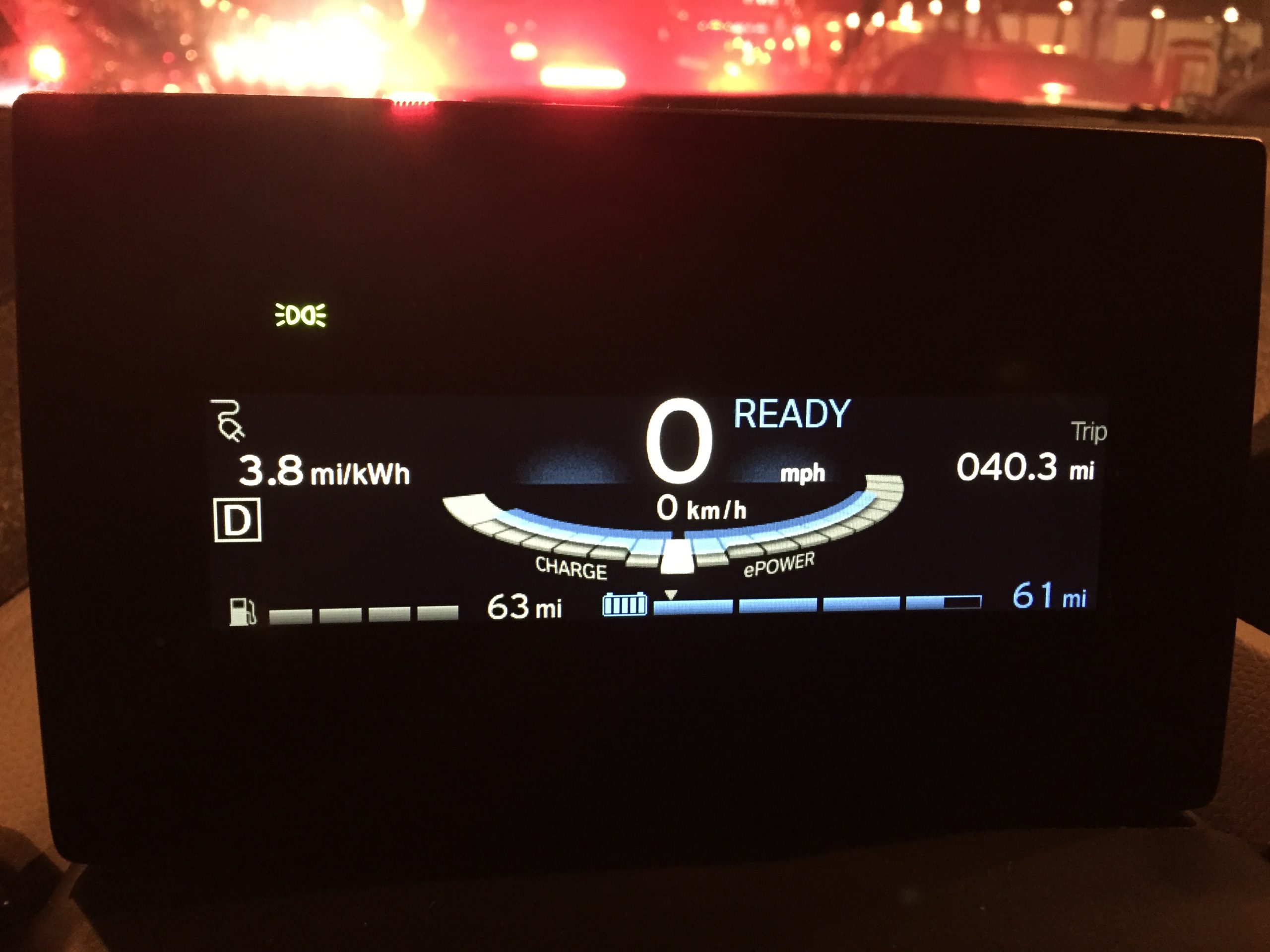
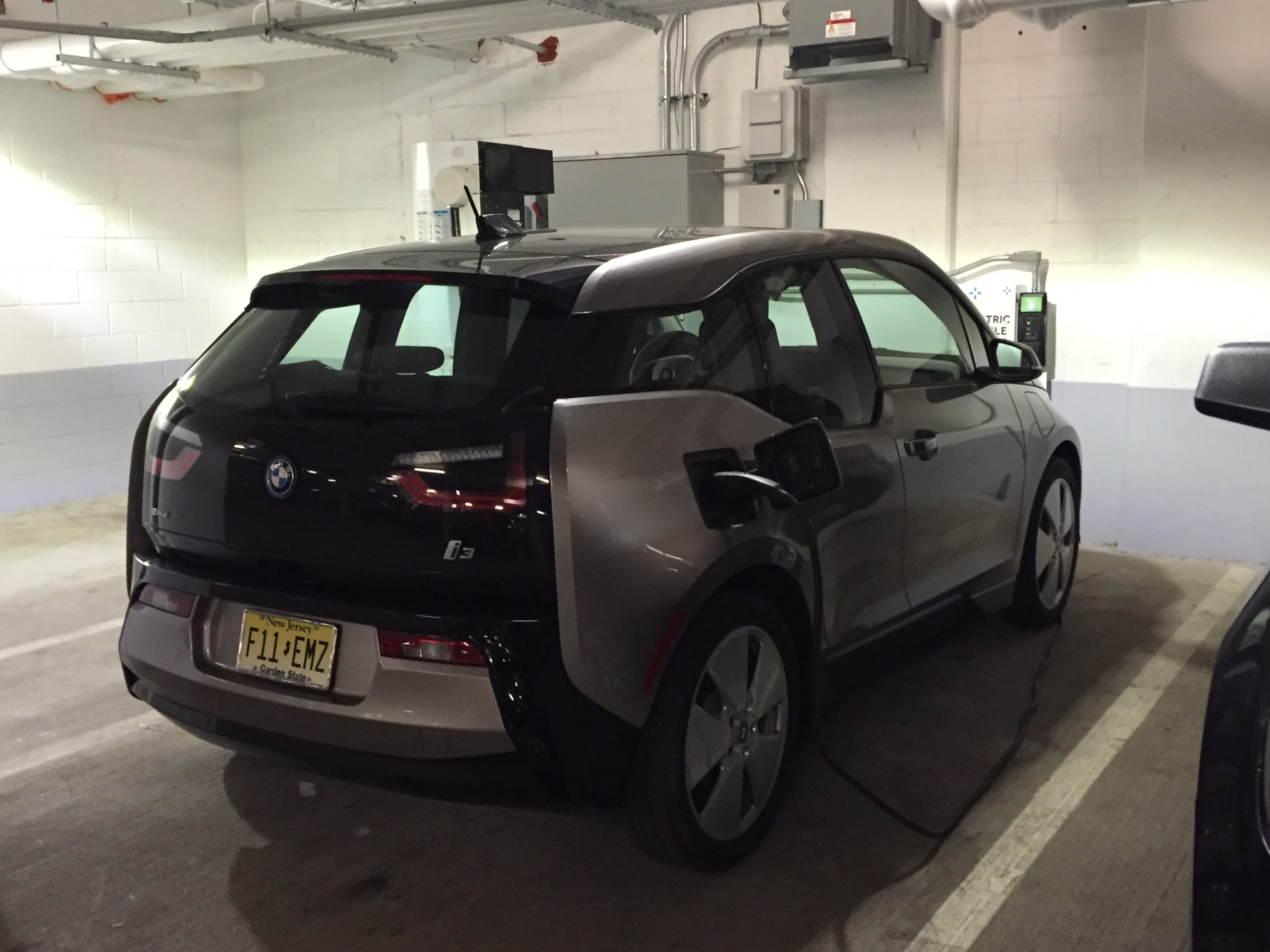
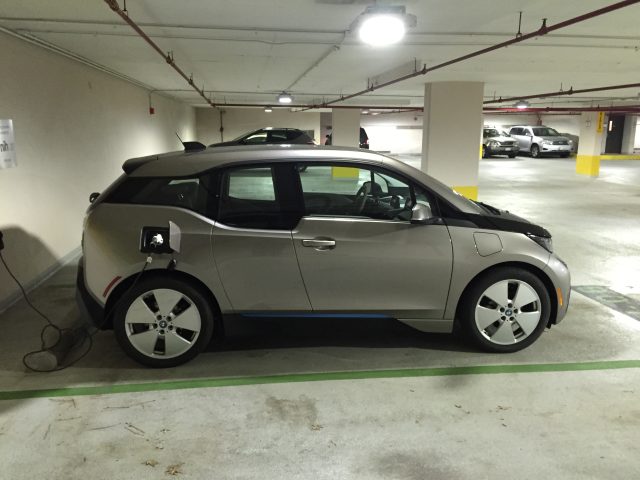
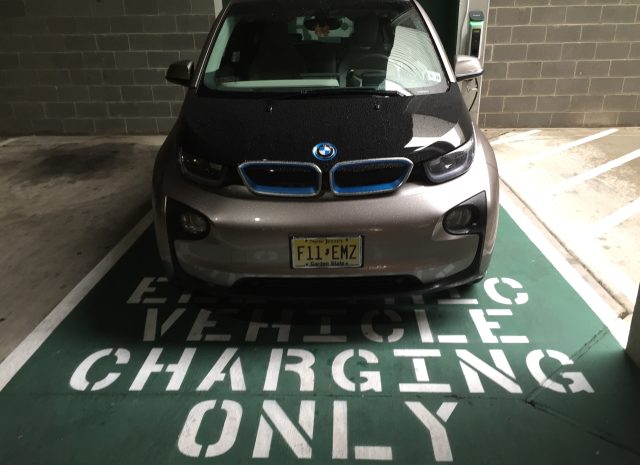
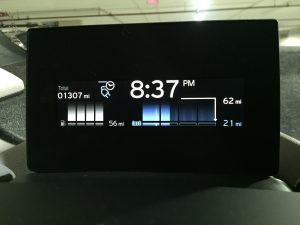
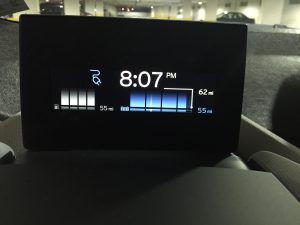
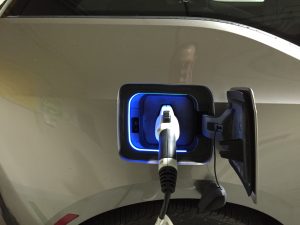

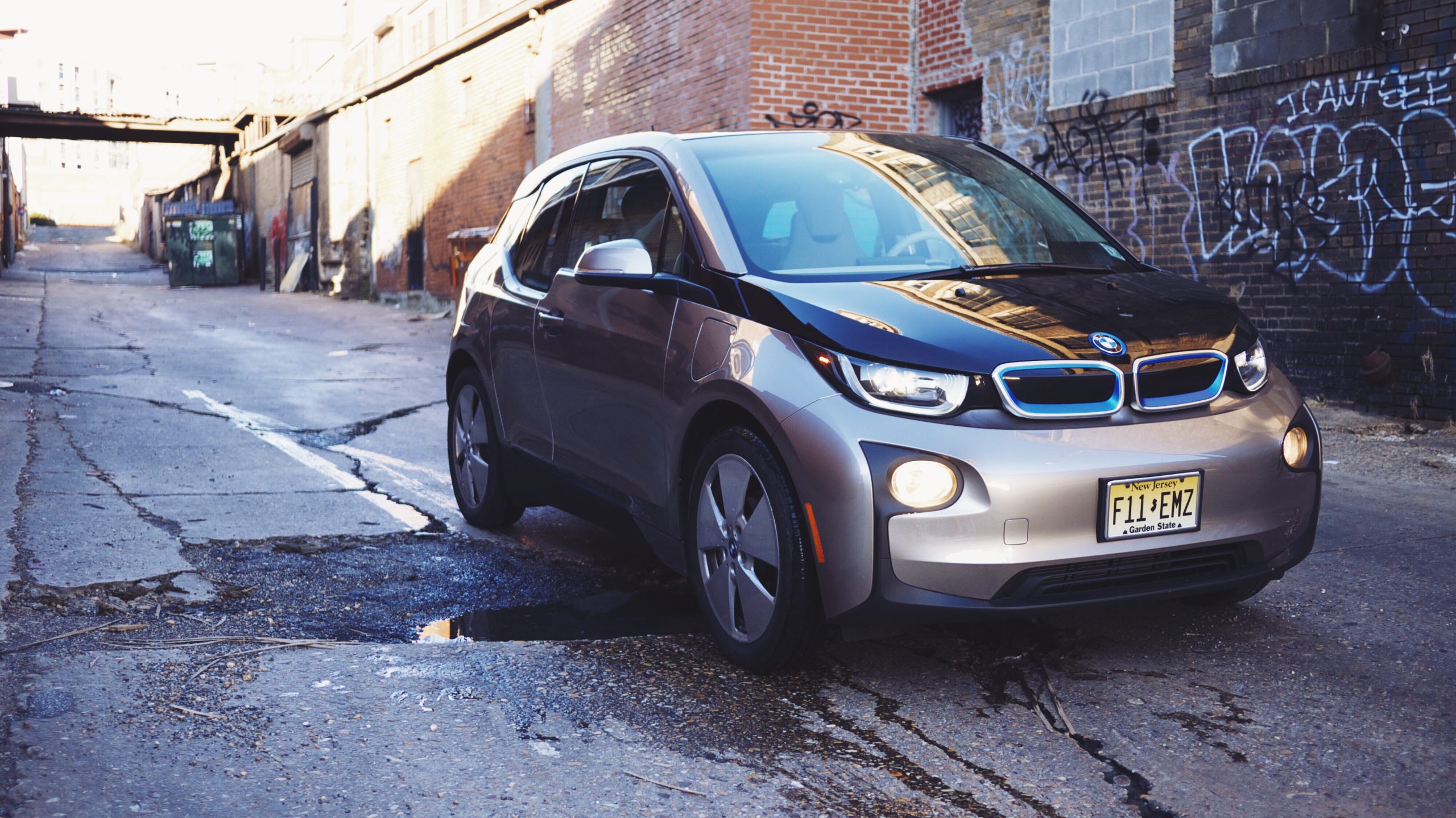
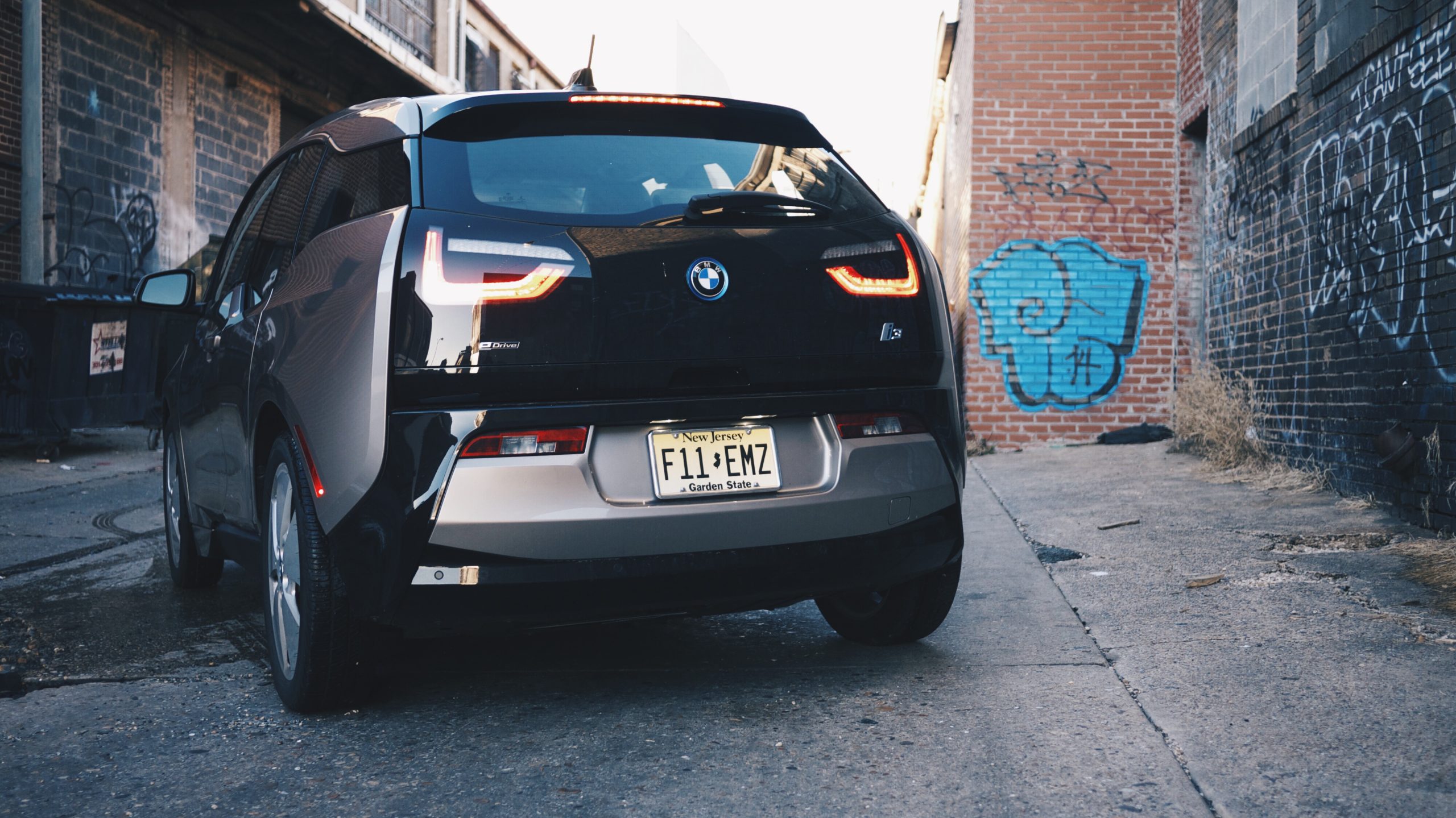

 Loading comments...
Loading comments...
